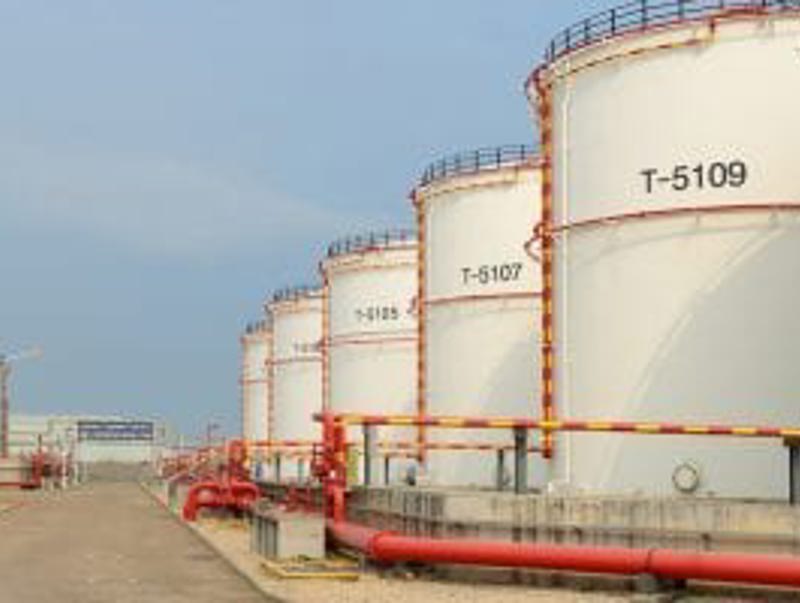Plug-and-play fiber optic network components simplify remote I/O installation and maintenance
Control engineers face important decisions when extending industrial networks to monitor or control remote assets. Managing remote assets can be difficult, and copper cable and sometimes wireless solutions cannot meet distance or signal reliability requirements. In these cases, fiber optic cable is the best option. Key application requirements to consider before selecting remote I/O fiber optic network components include:
- Operating environment demands
- Compatibility with network architecture and equipment (existing/planned)
- I/O signal types and signal reproduction quality over fiber optic cable
- Total cost of ownership
Defining and evaluating end-use application requirements early in the design process can dramatically reduce complexity and costs. Plug-and-play remote I/O components can eliminate complexity during installation, operation, and maintenance, help staff operate more efficiently, and minimize network downtime.

Hidden Potential for Complexity
Remote I/O component selection is often times ignored in the early stages of industrial network design. Early-stage remote I/O planning is usually limited to near-term build-out issues, such as where to bury cable and rough ideas of which sensors will be placed where.
While these are important considerations, they do not address other remote I/O issues that can to lead to significant unexpected costs:
- Frequent equipment replacements due to harsh operating environment: High or low ambient operating temperatures and the presence of explosive gases are common environmental conditions that can quickly destroy fiber optic network components not rated for harsh environment use.
- Costly, piecemealed solutions that do not fit well with network architecture: Each application has its own ideal networking architecture that includes network topology, redundancy strategy, and communication protocol. Remote I/O for a given application may best be performed with a single Point-to-Point topology, a Daisy chain, a Star, a Self-Healing Ring (SHR), or some combination with redundant channels. If these factors are not considered early in the design, overly complicated and costly last-minute solutions may be the only path for remote I/O.
- Excessively complicated control equipment to perform simple control tasks: Costly, feature-rich control appliances are often specified to perform remote I/O applications. Often these appliances are overly complicated and incur significantly higher costs than what is actually required, including recurring programming costs to commission and maintain the network. These unnecessary costs get amplified as the number of remote I/O sites increase.

Fight Complexity (and Cost) with Simplicity
Control engineers can save substantial resources by specifying fiber optic remote I/O components that are designed for use in harsh environments, integrate well with the network architecture, and do not add unnecessary complexity to achieve control objectives. Investing more time to plan for a simpler remote I/O solution will result in substantial downstream operational savings. An ideal remote I/O solution requires no programming. It can be specified once and then implemented as a plug and play system, streamlining work during commissioning, operation and maintenance.
Reliability, Flexibility, and Simplicity
Ultra Electronics Energy’s fiber optic remote I/O components are a proven, reliable solution designed for use in harsh environments. They are truly plug and play to simplify remote I/O design, installation and operation. The modular components are designed with future expansion and ease of replacement in mind. They do not require any programming and include a wealth of knowledge and support throughout the buying and implementation process. The simplicity of the Ultra Electronics Energy remote I/O solution translates to lower operating costs and increased reliability that can save your facility substantial resources over the life of the system.